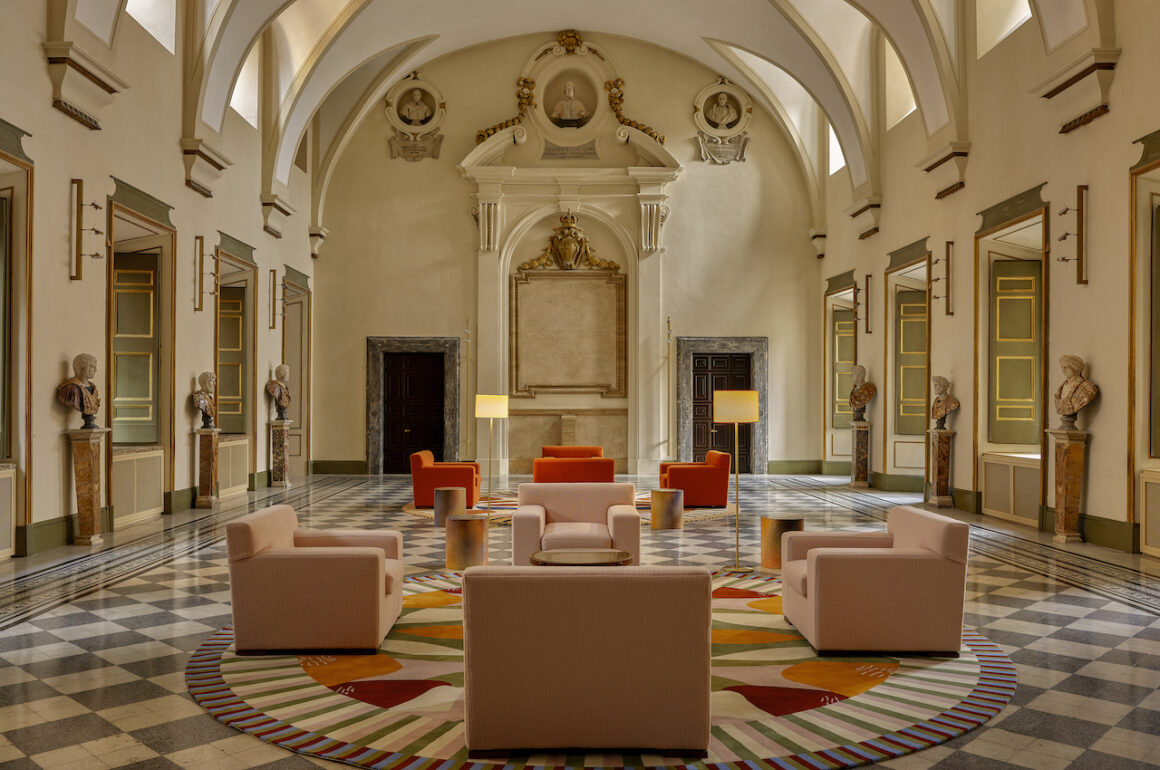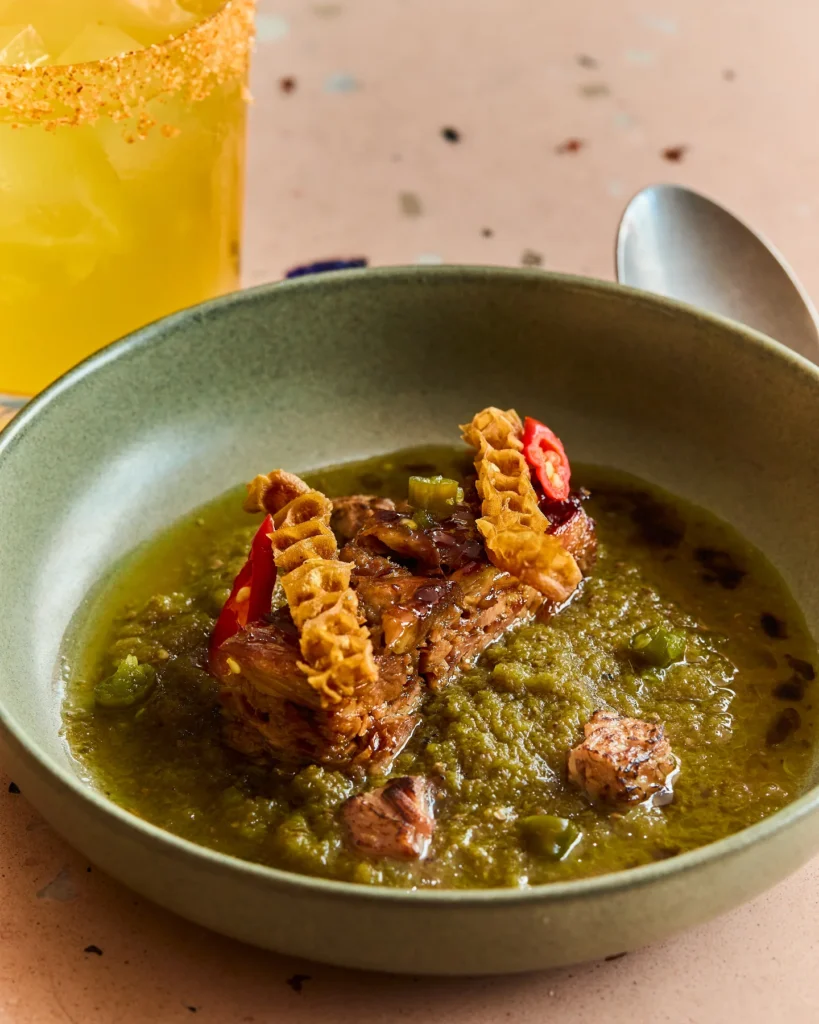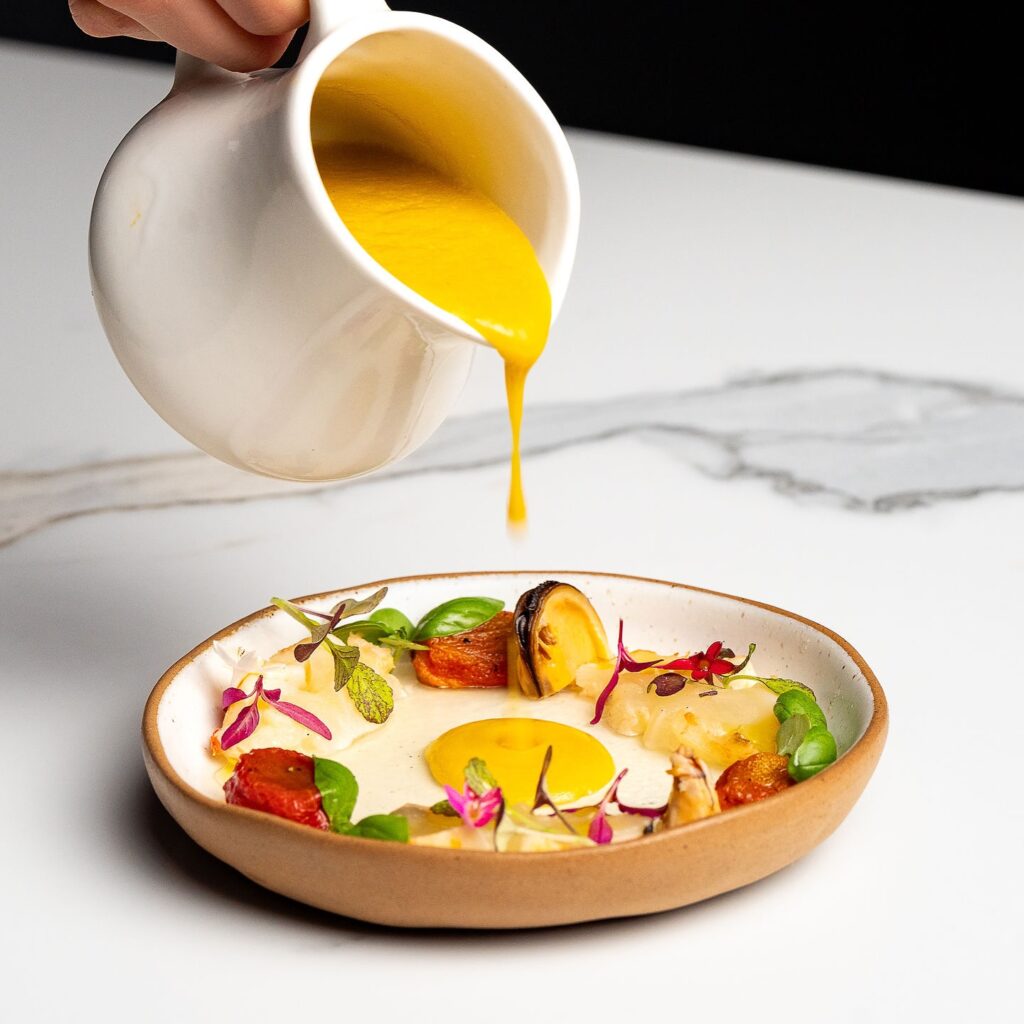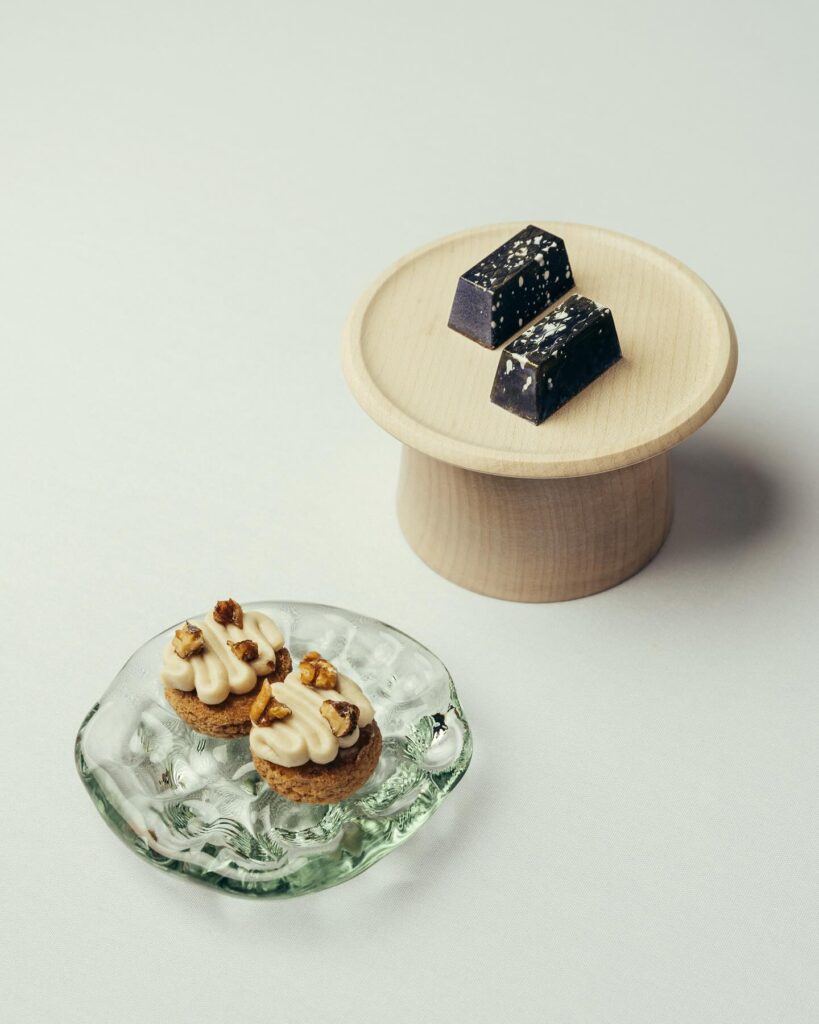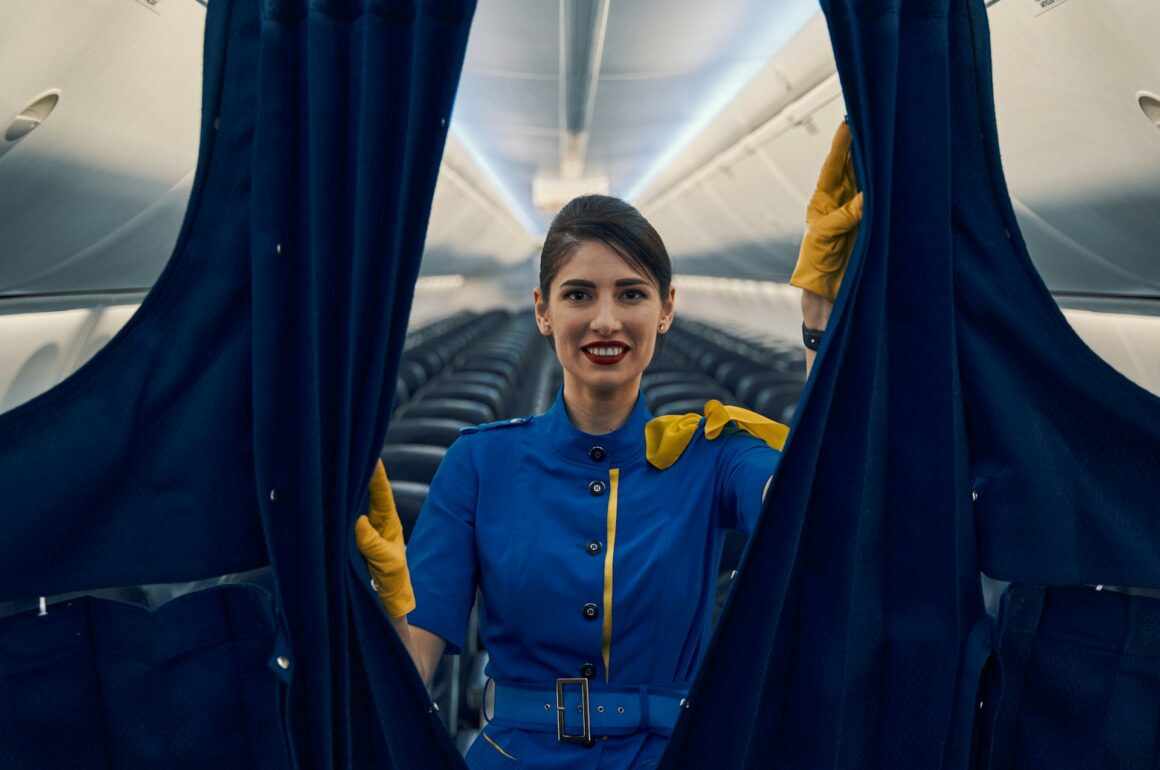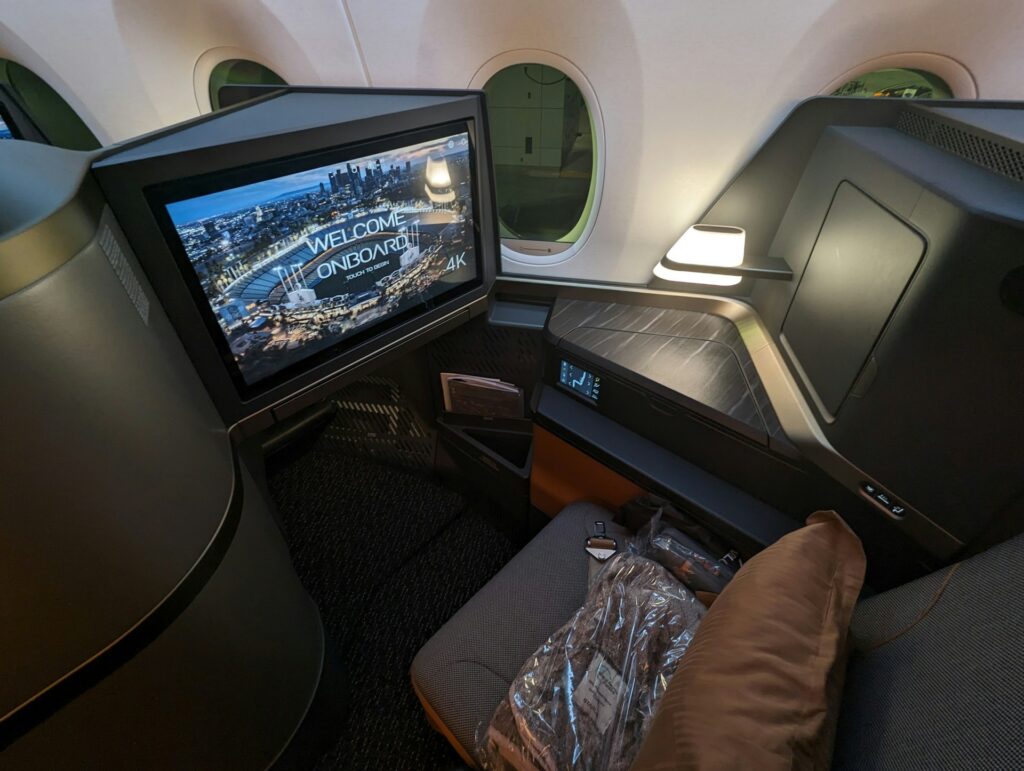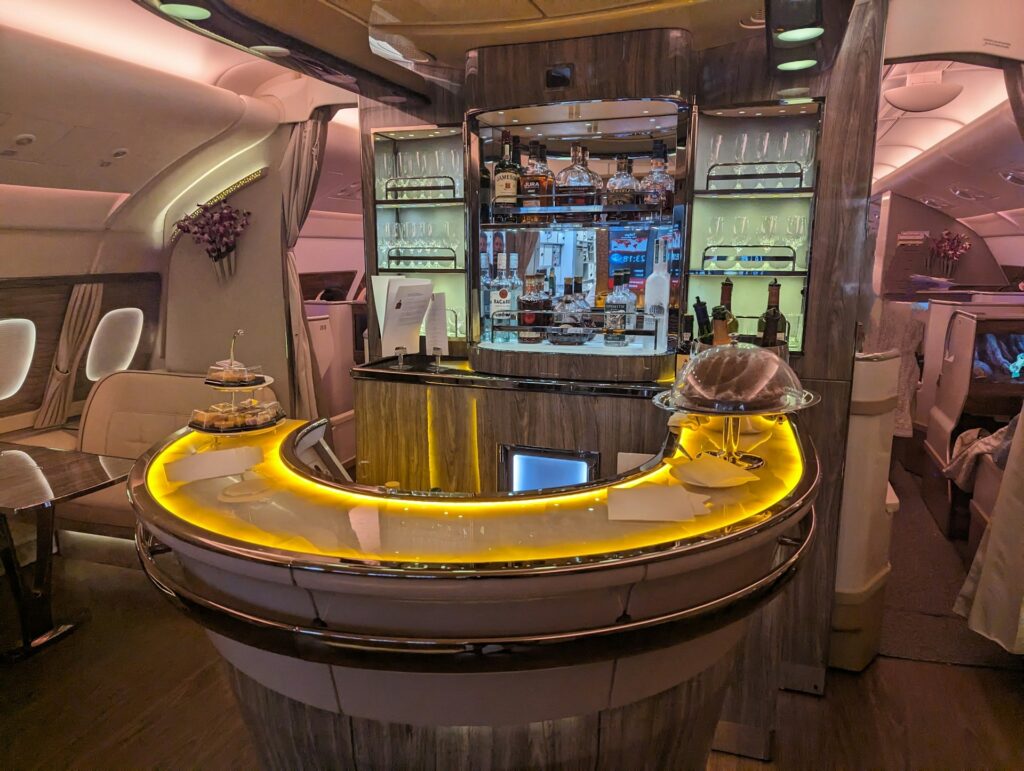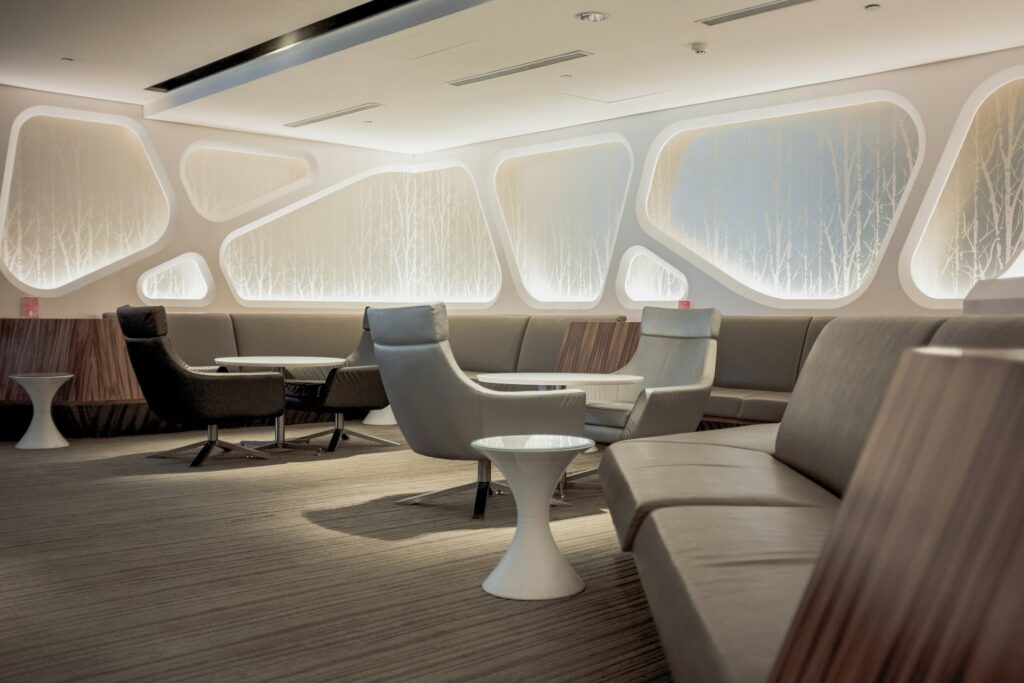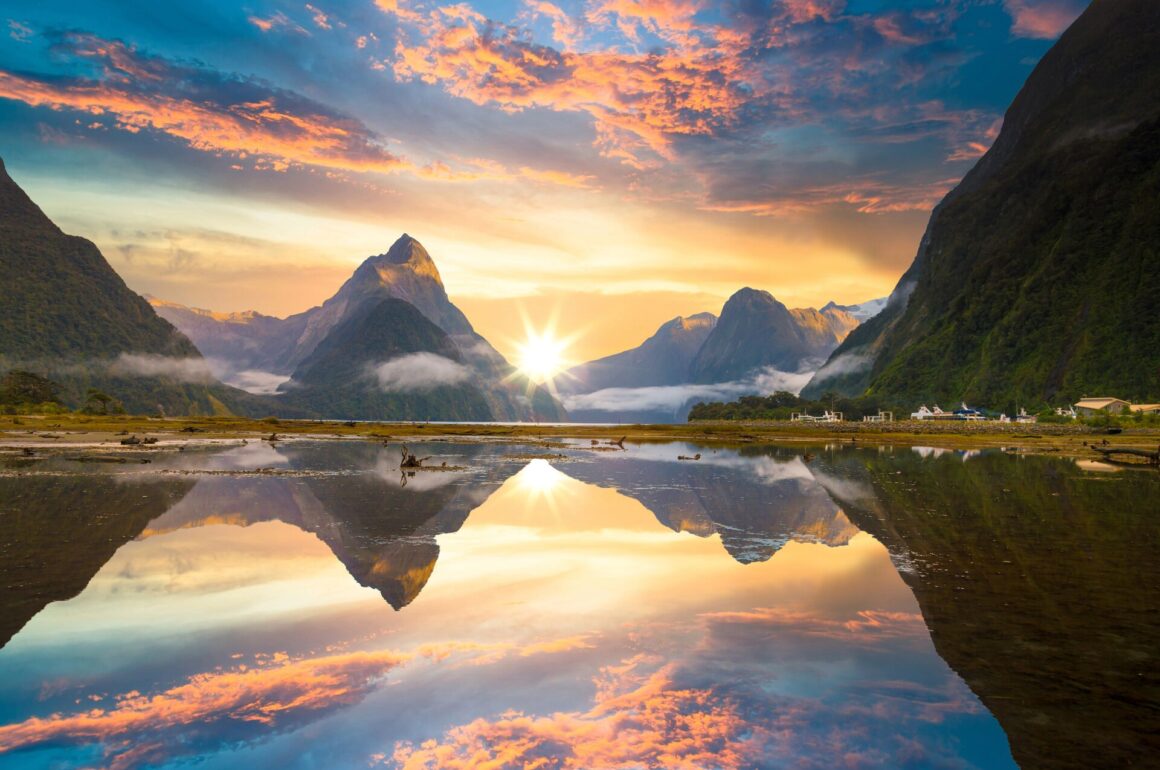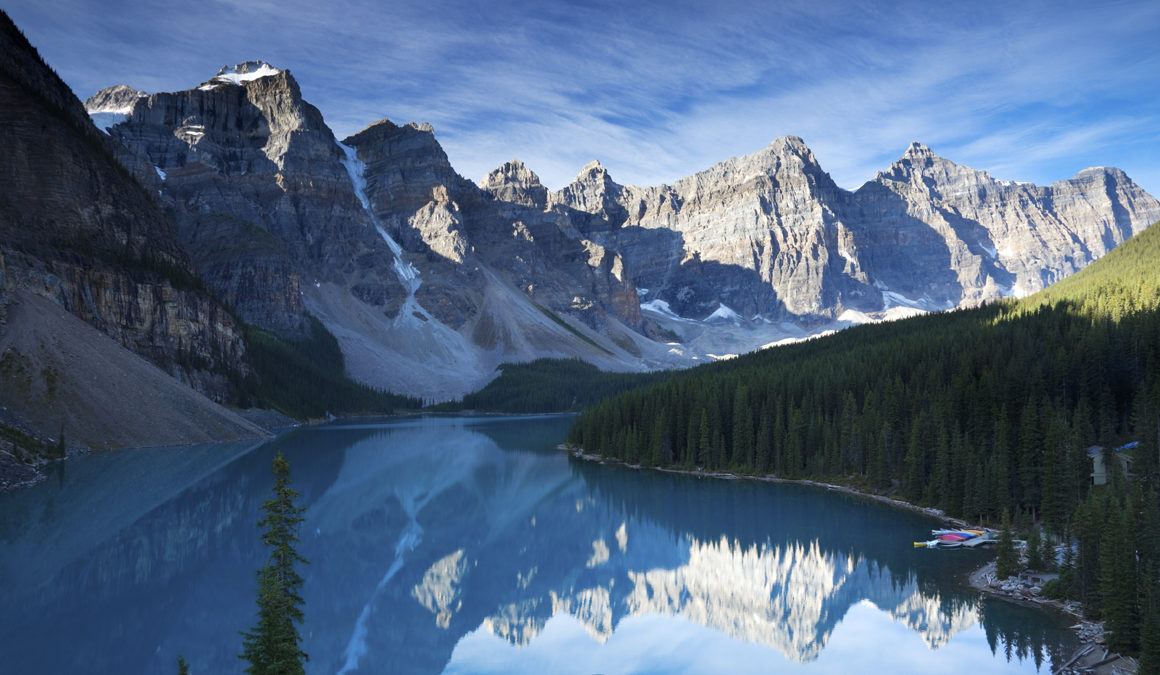Hotels are forever upping their game, which means our luxury hotel bucket list keeps getting longer. How is yours looking? Here are some of the best new hotels in the world for 2025, the ones that are dazzling the rest with design, sustainability, amenities and a deep understanding of what it means for a guest to stay somewhere special.
1. Palazzo Talia – Rome, Italy
A short stroll from the Trevi Fountain, this luxurious Renaissance hotel has the grandeur to match the fountain itself, with its Baroque-style Carrara marble sculpture of Neptune in a shell chariot. Beneath impossibly high frescoed ceilings, guests rest, sleep and eat among Roman busts and Italian artworks. The rooms have a modern sensibility, though, with ancient marbles rubbing up happily against geometric tiles, straight lines and clean edges. The top-floor Talia Suite is a sprawl of splendor, wildly unique even among the best hotels worldwide, but every room is a box of treats. Our Ultimate Italy journey begins in Rome – arrive in town early for some palazzo time before we begin.
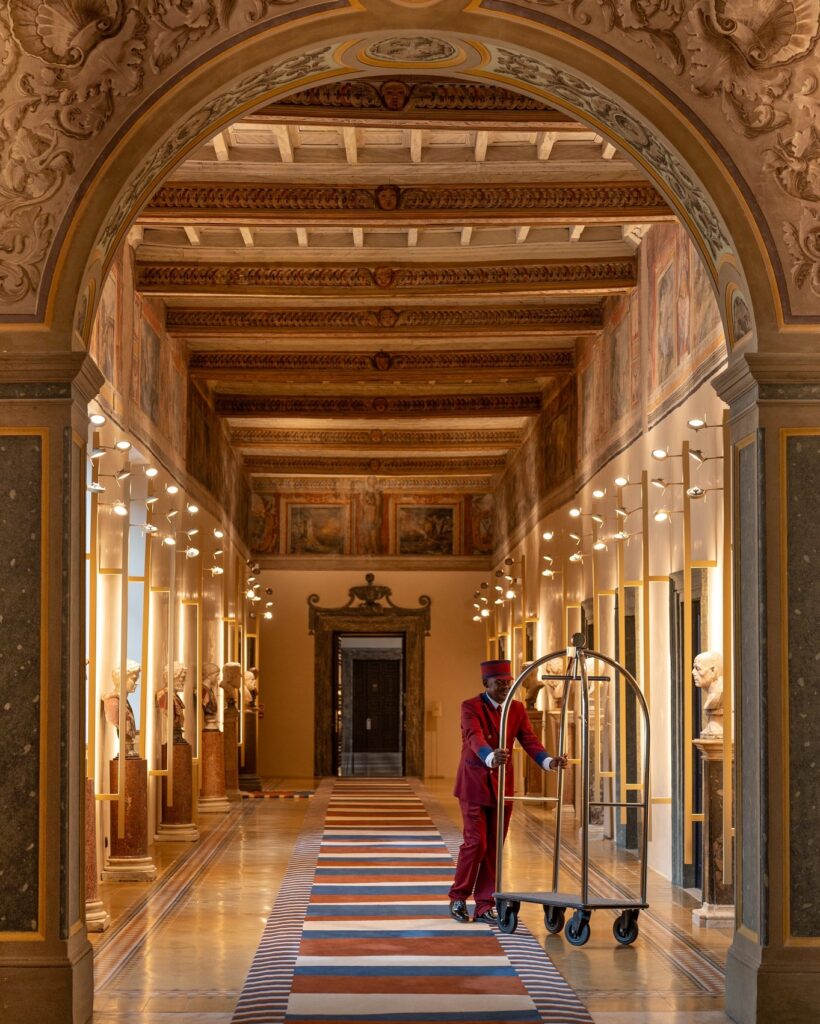
Credit @palazzo.talia on Instagram
2. Regent Santa Monica Beach Resort – Los Angeles, USA
Of all the best new hotels in Los Angeles, it’s this one that has the industry abuzz, because it’s exactly the beachfront oasis LA has been crying out for. This is a SoCal stay like no other, with sparkling views out to the Pacific, palm tree skylines, vivid orange sunsets, plus illustrious breakfasts on the terrace (lobster benedict, cinnamon toast crunch, for instance) and long, luxurious Hollywood-standard facials in the Guerlain spa. Rooms and suites are light, bright, breezy spaces that let the ocean do the talking. The hotel is a few sandy steps from the iconic Santa Monica pier.
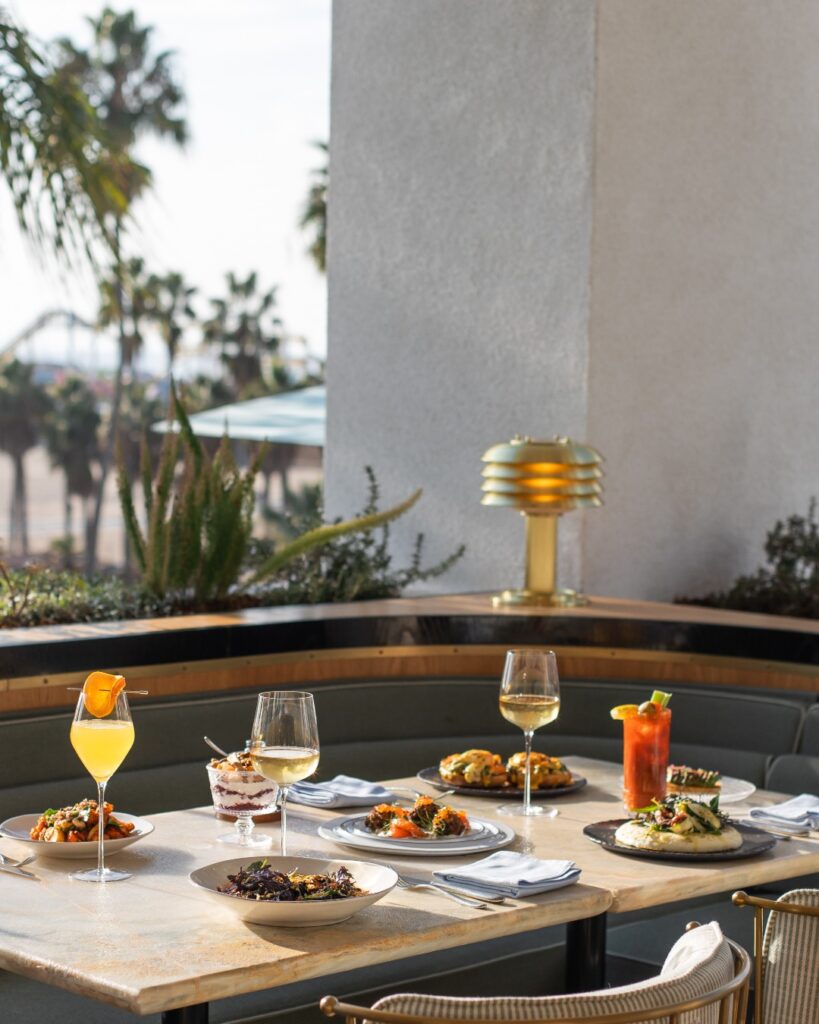
Credit @regentsantamonica on Instagram
3. Six Senses at the Whiteley – London, UK
We like to keep our accommodations classic on our British Royale and Castles and Kingdomsjourneys but we always have an eye on the best new hotels in London. Among them this year is the London debut from one of the pioneers of luxury hotels. The building is a restored art deco emporium (it was London’s first department store 130 years ago). Upstairs, there are 109 rooms and 14 residences, each decorated in soothing tones and adorned with sumptuous furniture, frondy ferns and wonderful ‘sensory showers’. And downstairs is the spa, inspired by old underground stations, but blessed with saunas, steam rooms, plunge pools, aerial yoga, cryotherapy and flotation. This will be one of the top hotels for slowing down in one of the world’s fastest cities.
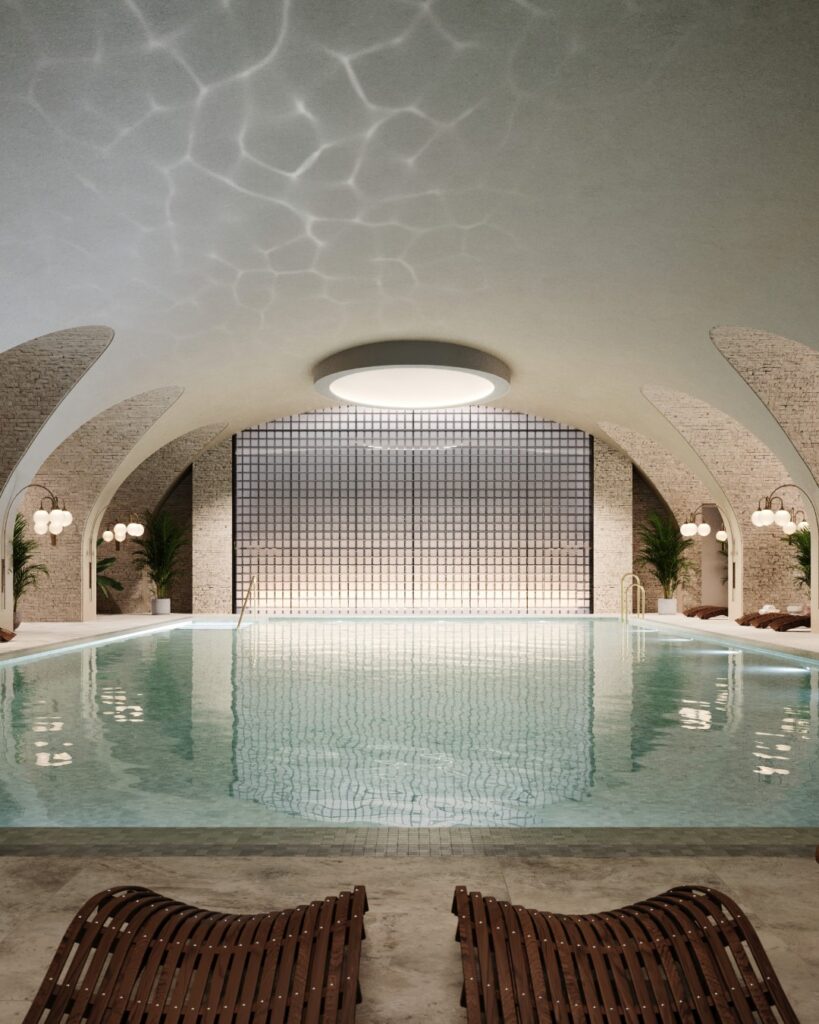
Credit @sixsenseslondon on Instagram
4. Rosewood Schloss Fuschl – Austria
On the alpine shores of Salzburg’s Lake Fuschl, one of the best new hotels this year graces the lush skyline like a fairytale castle. The building itself is a centuries-old retreat historically visited by royals and cultural luminaries looking for peace and divine inspiration. Now, it emerges as one of the world’s top hotels, thanks to elegant chalets with lake views and butlers, sunrise yoga, paddleboarding, authentic Salzkammergut cuisine, and Rosewood’s unblemished record for creating gorgeous spas. The interiors celebrate the Old Masters, with Renaissance paintings adding to a dreamy atmosphere. Sustainability efforts include the Schloss Fuschl bee colony, which supports local honey production. Our Harmony of Central Europe journey – through Hungary, Slovakia, Austria and the Czech Republic – features a stay in Salzburg.
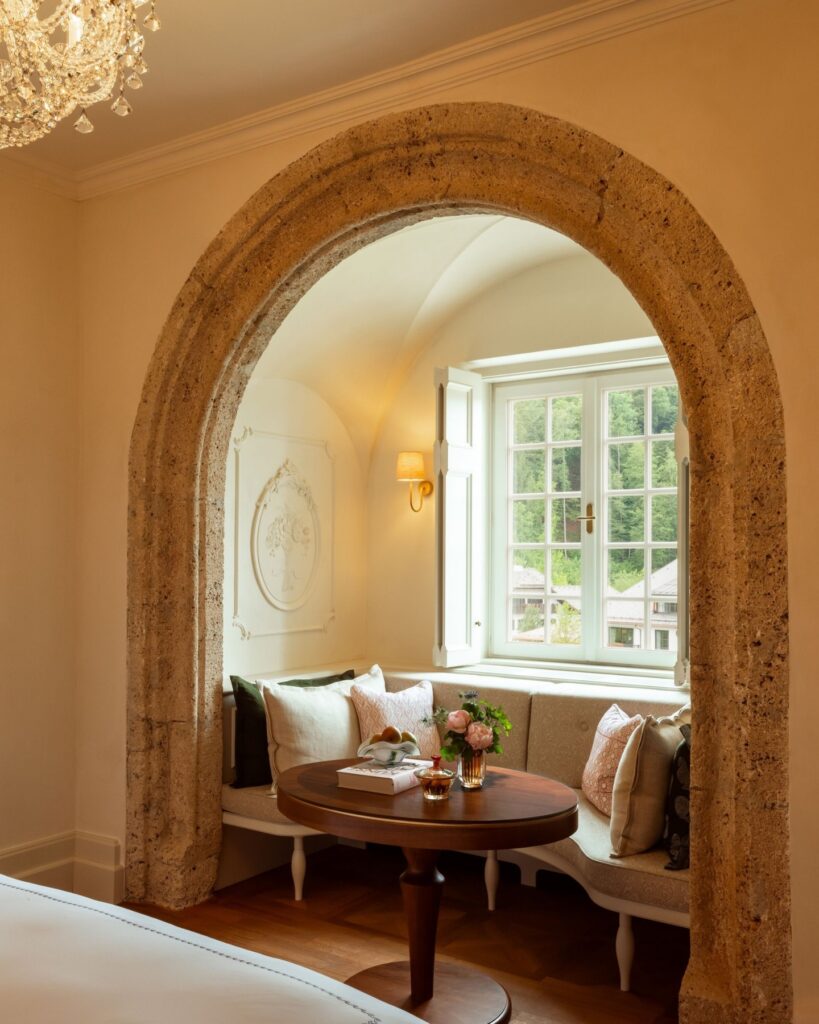
Credit @rwschlossfuschl on Instagram
5. Maison Barrière Vendôme – Paris, France
There are just 26 rooms, suites, and apartments at this quietly luxurious hotel between Place Vendôme and the Jardin des Tuileries, and each of them is dedicated to an iconic muse. The three Vendôme Apartments embody the free and daring spirits of Nina Simone, Bette Davis and Agatha Christie with their brilliant views of cinematic Paris, while the Grande Suite Marlene Dietrich is bathed in a golden Hollywood glow. It’s a chic, restful place, and one of the best new hotels in Paris for sheer personality. The restaurant, Frida, brings much-needed color, candlelight, drama and guacamole to central Paris.
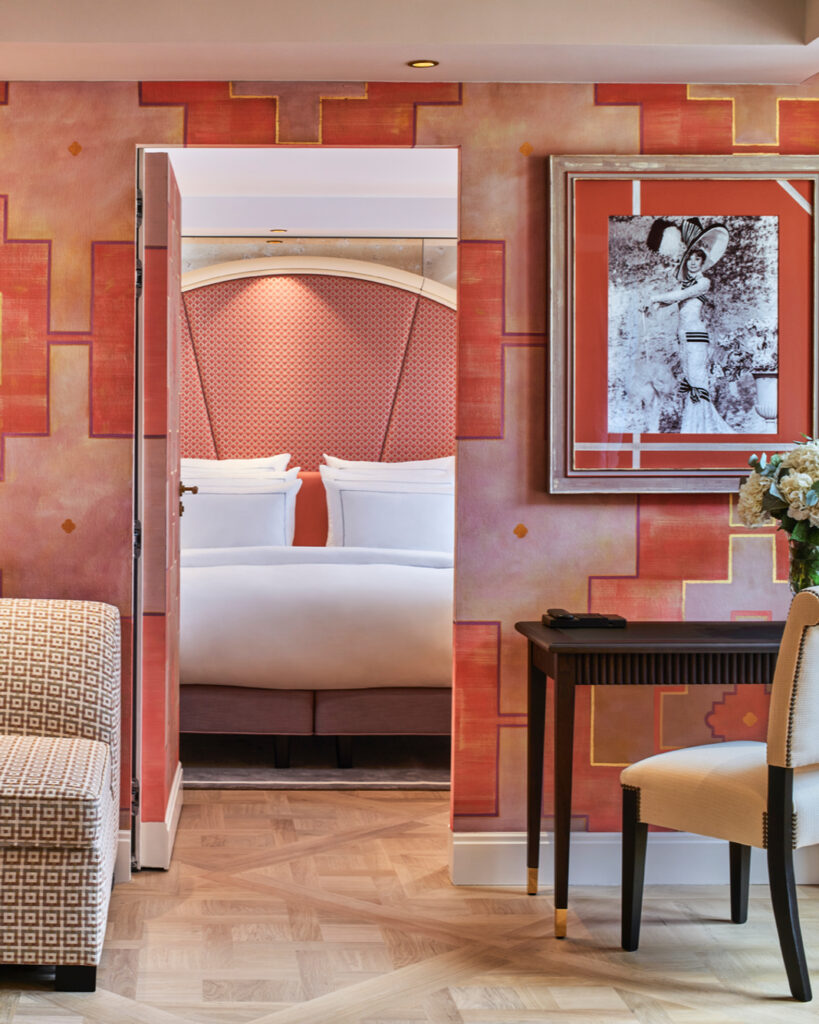
Credit @maisonbarriere.vendome
6. Brach Madrid – Madrid, Spain
In the heart of magnificent Madrid, on the epic Gran Via, Brach is the latest of a clutch of luxury hotels designed by Philippe Starck. His story for the hotel is of a man with such longing for a woman that he fills every space with sentimental objects – so there are little surprises scattered throughout, and every fabric, pattern and material has been selected to tell a story of love. Rooms and suites are divine treasure troves and the La Capsule spa is a true sanctuary in the city. The Parisian patisserie lures passers-by from the pavements, with its classic Paris-Brests, and with French pastries given a Madrileño twist (almond, honey, turron).
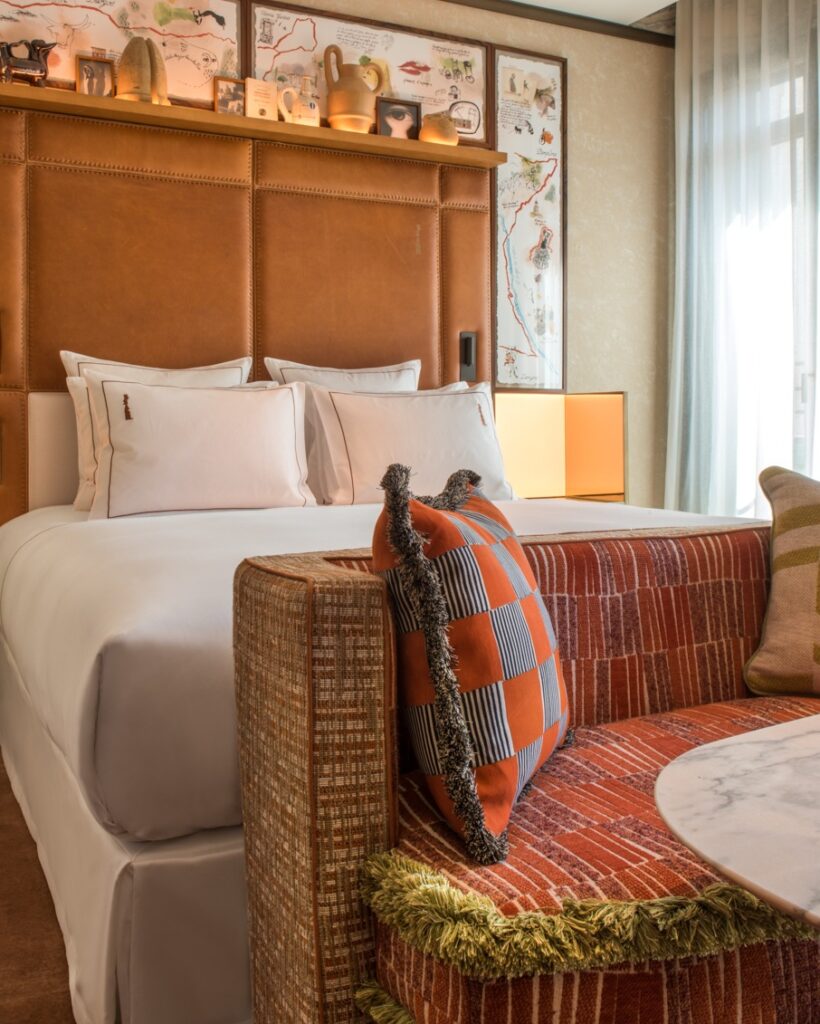
7. Ran Baas The Palace – Patiala, India
We adore our visits to Maharaja palaces on our Imperial Rajasthan journey, so this one was firmly on our radar before it opened. Originally, Ran Baas was a royal guesthouse occupying one wing of the 10-acre Qila Mubarak complex. Now, it’s one of the best new hotels in the world – and its uber-white facade is incredible to behold. Within, there’s more white, but also marble floors from Rajasthan with black marquina inlay work, gilded frescoes, silk carpets and crystal chandeliers. It feels sumptuous and smooth. Breakfast is a lavish treat to be savored: tea, pastries, fruit, cheese and ceramic jars of fruit murabbas.
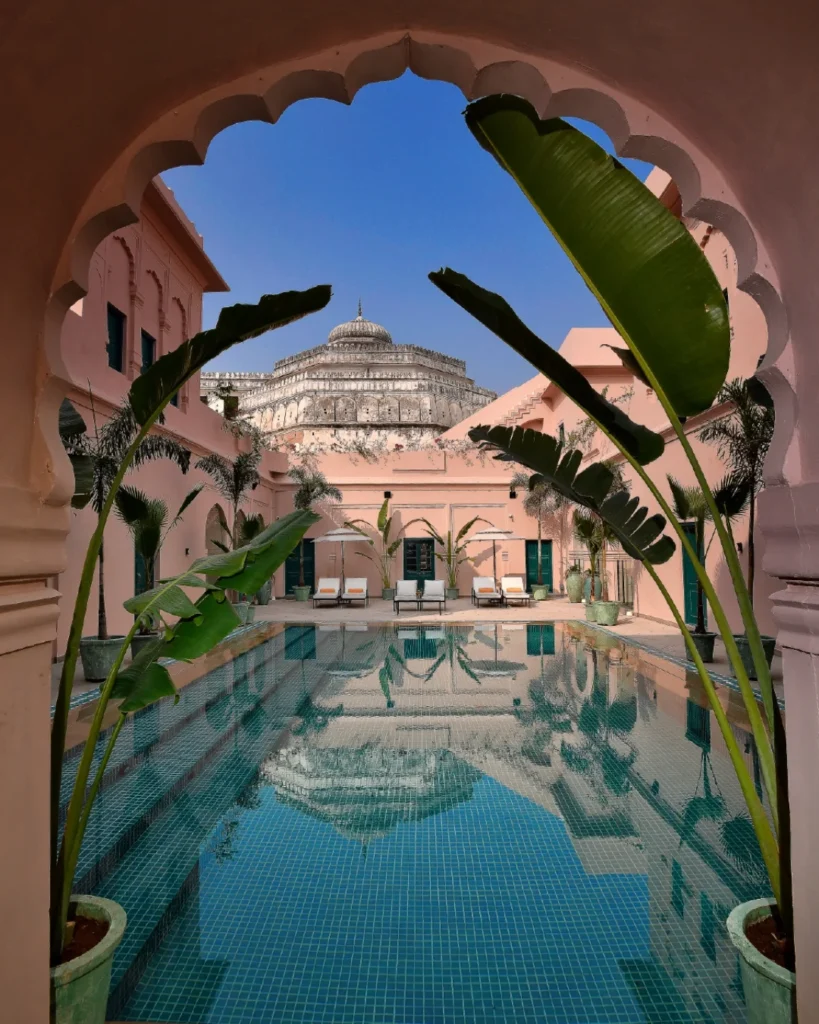
Credit @ranbaasthepalace_patiala on Instagram



